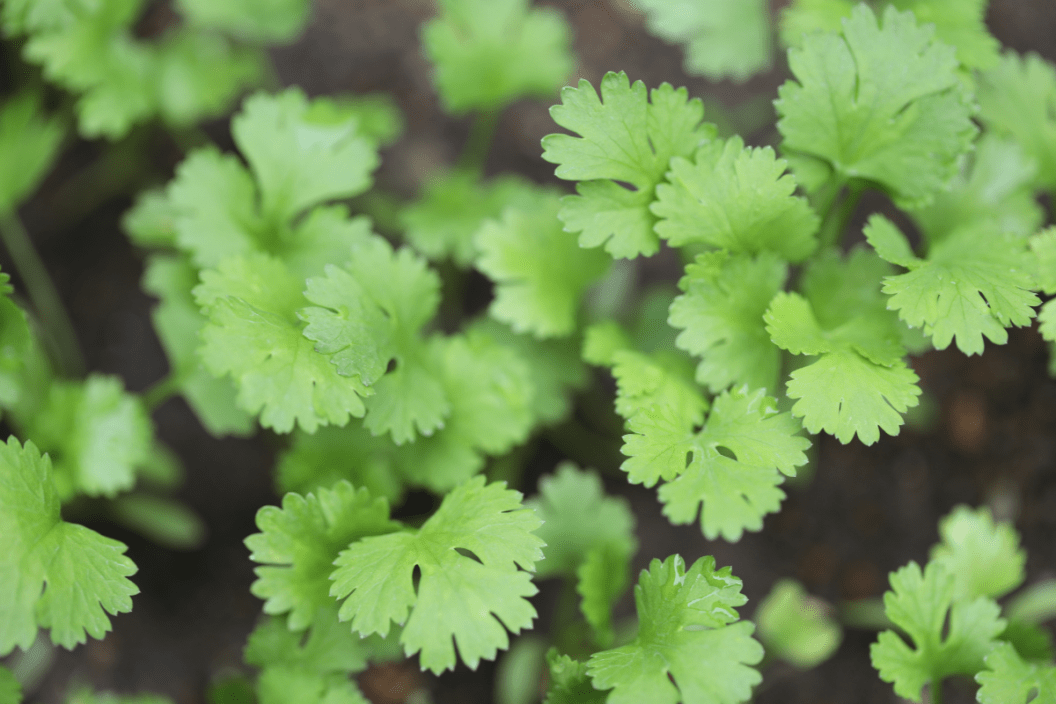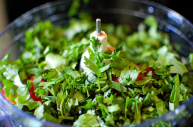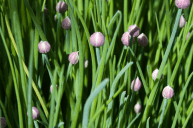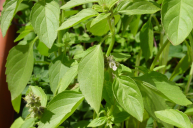With gorgeous spring weather arriving around most of the country, it's time to start thinking about your vegetable garden. One of the most versatile herbs to cook with is cilantro. The best part about cilantro is that a novice gardener can harvest cilantro for themselves. It's a great starter herb, as its life cycle will allow it to continually grow and produce leaves so long as you harvest it correctly.
Videos by Wide Open Country
Cilantro's popularity in Mexican and Asian cuisine makes it a great herb to have on hand all year long. As summer quickly approaches, there's nothing more refreshing than savory guacamole paired with a spicy margarita. Fresh cilantro can add just the right pop to your dishes, enticing your taste buds and impressing your guests! We have a great growing guide and gardening tips for your new plants, so keep reading!
Cilantro Vs. Coriander
Many of us have heard of both cilantro and coriander, but did you know that they're technically the same thing?
Cilantro and coriander come from the same plant species, called Coriandrum sativum. Cilantro's other common name is Chinese parsley. Most people describe Cilantro as refreshing and citrusy, but there are a handful of people out there who think cilantro tastes soapy. Coriander has a warm and spicy taste, making it the perfect herb to warm you up in cool weather.
When you harvest a cilantro plant, you also get the added benefit of the coriander seeds. These cilantro seeds can be ground or used as dried seeds, making them perfect as a spice in a variety of cuisines.
Harvesting Cilantro
The growing season for cilantro is spring and fall. According to Harvest to Table, "These are the optimal seasons to grow cilantro because the hot weather and short nights lead to flowering and seed formation."
The best time to harvest cilantro leaves is ideally when the leaves are 6-8 inches tall. Snip the leaves to use fresh in your cooking. For the best flavor, use the smallest and immature leaves. Make sure to trim the entire plant often, as leaving fresh leaves alone will eventually cause bolting, or sprouting of bitter plant flowers which you won't want to use in your cooking.
To give your plant the best shot at continual growth, make sure to plant it in full sun. The optimal time to sow seeds is 2-3 weeks after the last frost. To maintain a steady supply of leaves, make sure to plant every 2-3 weeks.
Harvesting Coriander Seeds
In order to harvest coriander seeds, you'll need to wait until after the cilantro flowers. Once the seeds turn a light shade of brown, they will be ready to harvest. This is typically 2-3 weeks after flowering. Once browned, hang the stems and seeds upside down in a paper bag. As the seeds ripen, they will fall into the bag.
Once you have the fresh seeds, it is suggested to toast them to bring our the flavor. These seeds are a popular addition in Thai and Indian curries.



